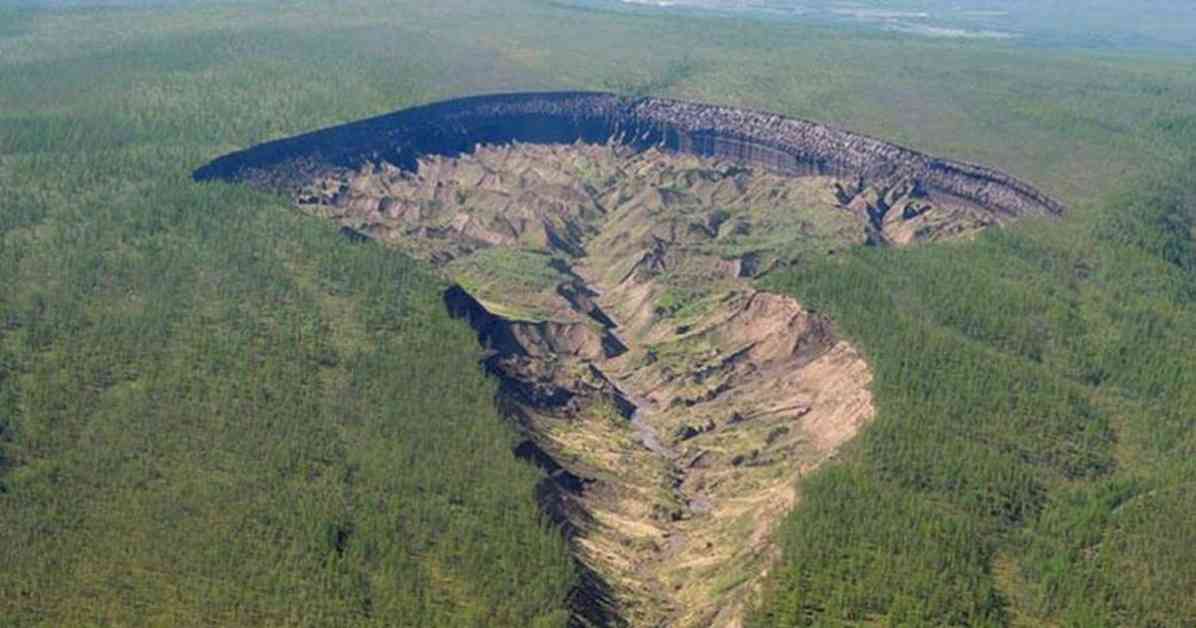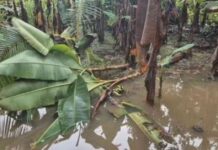Batagaika Crater, also known as the «Gateway to Hell,» is located in the Chersky Range in the Sakha Republic, Russia. It is named after the Batagayka River, a tributary of the Yana River that flows nearby. Despite its name, it is more of a thermokarst depression in this mountainous region. This place is known for its harsh climate conditions and vast expanses of permafrost, a layer of permanently frozen soil that sustains much of the Arctic landscape.
Historical decline in greenhouse gases destroying the ozone layer
More thawing and erosion
According to recent research, the rate at which this huge depression is devouring the Earth’s surface is growing at an alarming rate. When first discovered in the 1960s, it was a small hole. However, over the decades, the removal of trees altered the insulating layer of vegetation that protected the permafrost from the sun’s heat. It all started because vehicles and logging destroyed the vegetation, and without that insulating cover, soil erosion swept away the top layer, exposing the permafrost to the elements. Thus, deforestation and climate change have turned this place into a giant depression resembling a tadpole of epic proportions. But this is just the beginning. Currently, it measures about 1 km long and 800 meters wide at its widest point, and its rate of expansion is accelerating. It gets deeper and wider every passing day, becoming the largest permafrost crater in the world. The rate of methane and other carbon gases released as the crater expands has reached between 4,000 and 5,000 tons per year.
Alarming predictions
Researchers have developed a 3D model to understand how the frozen permafrost has yielded during its decades-long collapse, using a wide range of data from various sources. This model has helped them map and predict the melting of the underlying geological structure of the permafrost to determine how much and what materials are thawing inside and what is being released. Specifically, using high-resolution remote sensors via satellites and drones, models of geological structures, and field data, scientists from various institutes in Germany and Russia have determined the total volume loss of Batagaika.
Antarctica: lost ice equals the size of Argentina
Thawing permafrost releases greenhouse gases like methane and carbon dioxide, which have been trapped in the frozen soil for millennia. As these gases escape into the atmosphere, they contribute to global warming, creating a feedback loop that accelerates permafrost thawing. According to the US National Oceanic and Atmospheric Administration, the northern permafrost region contains up to 1,600 million metric tons of organic carbon, double what is currently in the atmosphere. Thus, the Batagaika Crater is a worrying reminder of the urgent need to intensify our efforts to combat climate change.















